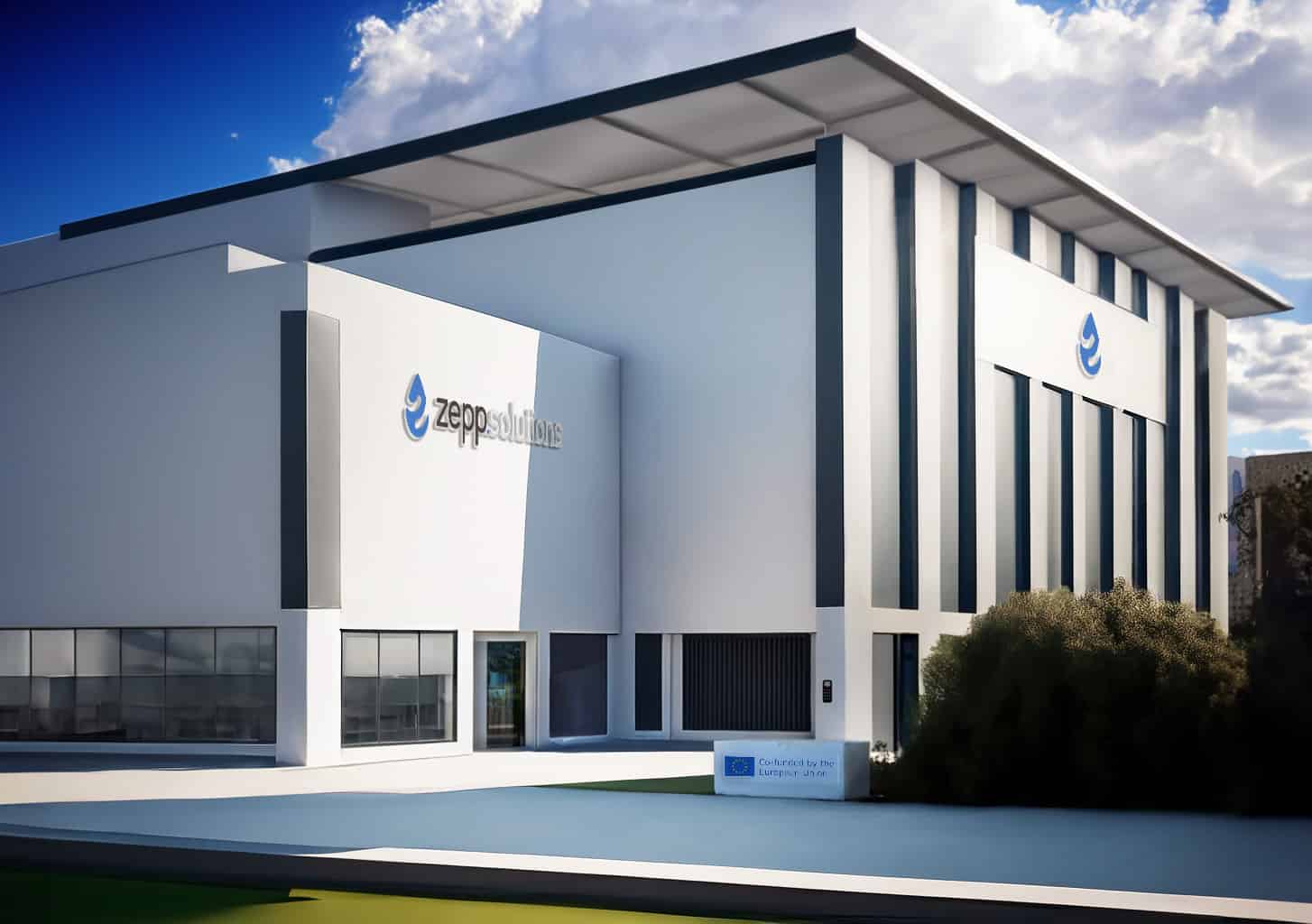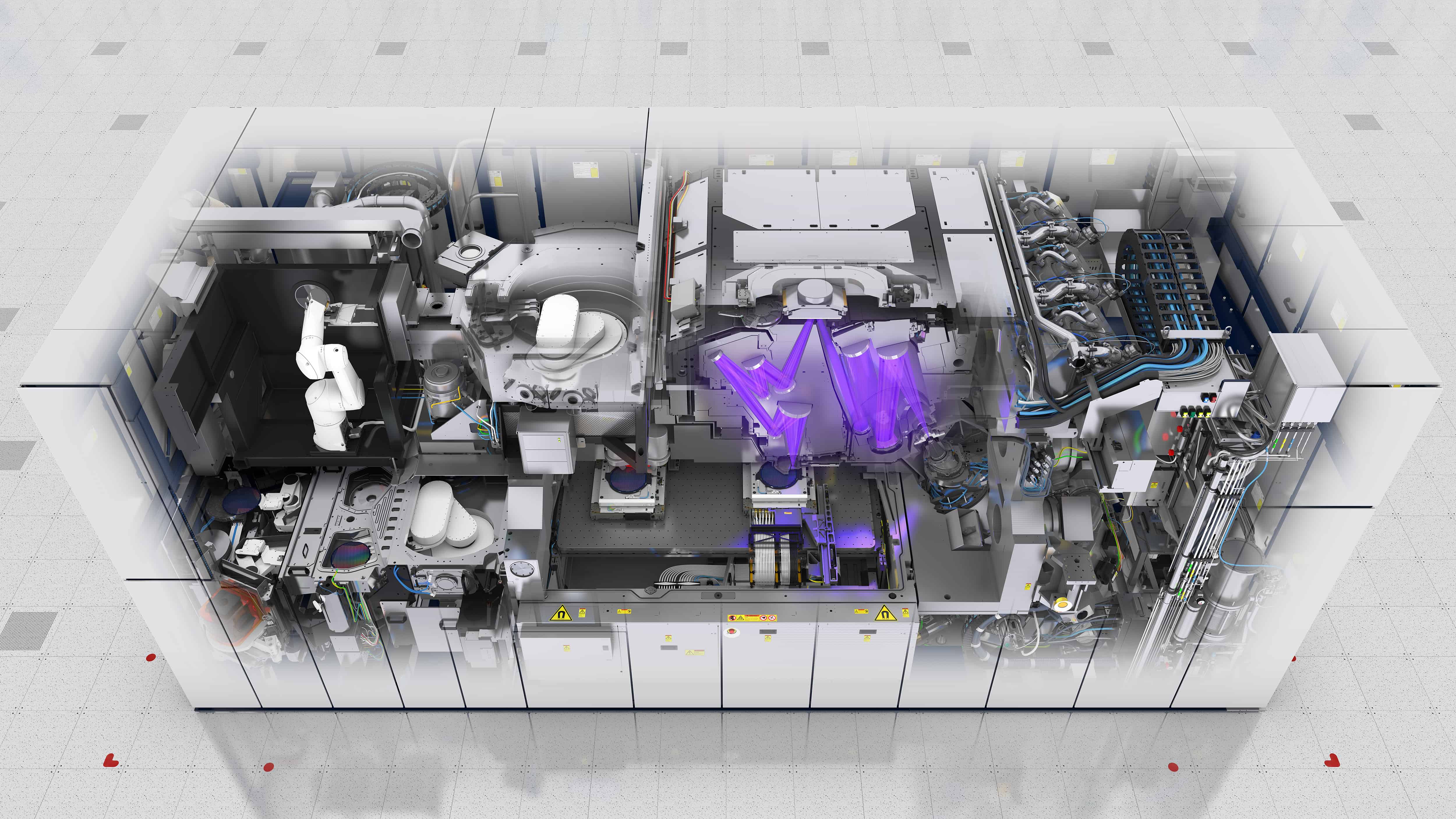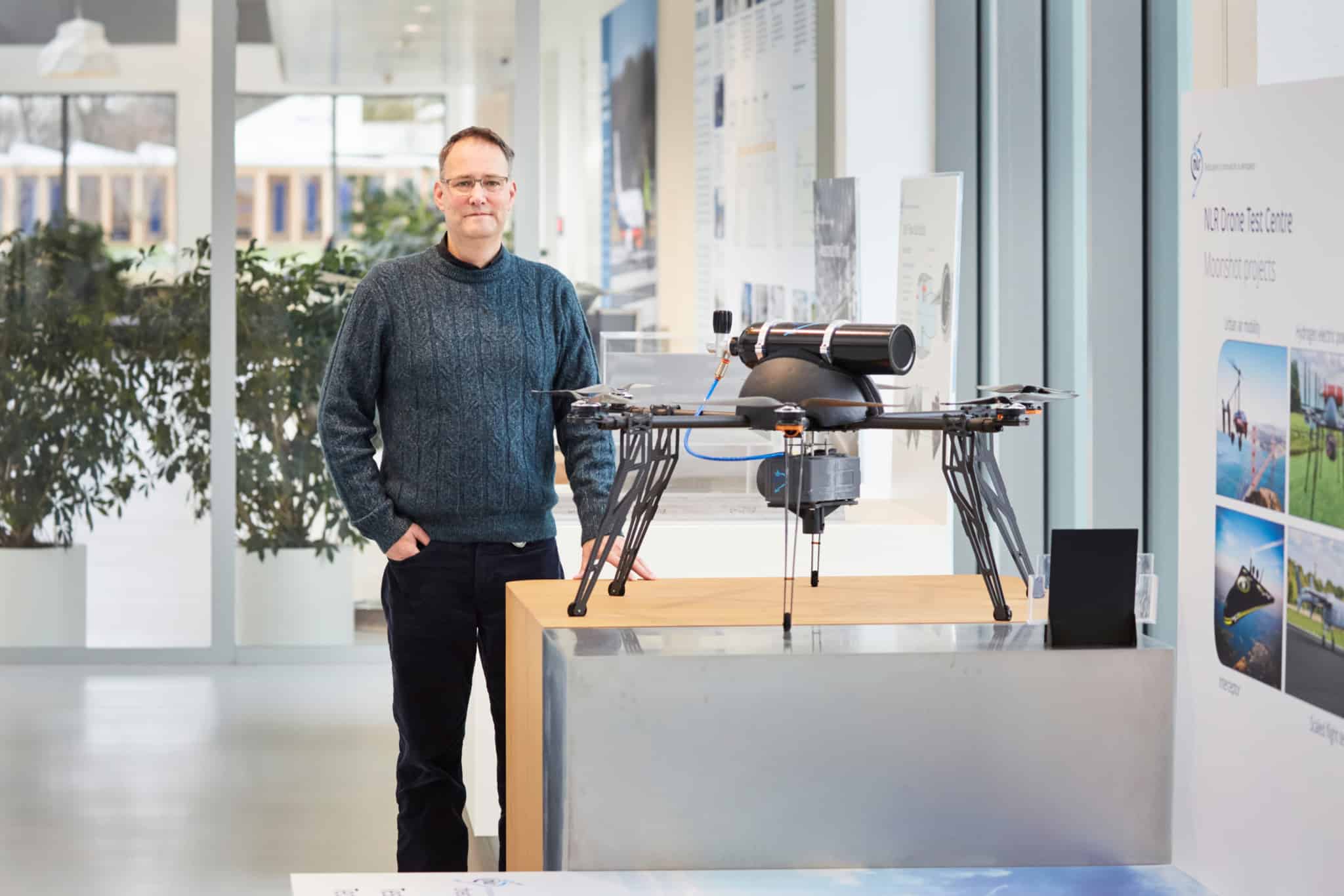
Since the 1980s, methanol has been regarded as the climate-friendly “fuel of the future.” But so far it has been used mainly in the chemical industry for the production of substances such as formaldehyde or as a solvent, such as for dyes. As a fuel, it has up until now played only a minor role. This could change in the not too distant future, however, if the possibility of producing methanol from CO2 is further developed. As part of the EU-funded FReSMe (From Residual Steel gases to Methanol) project, scientists are investigating this method of reducing CO2 emissions in the steel industry and powering cargo ships.
Currently, the steel industry and maritime sector are two of the world’s largest CO2 emitters, the former accounting for about 8% of emissions, and the latter about 2.5%. A novel conversion technology developed specifically for steel mill power plants could make both sectors far more environmentally friendly in the future. To this end, the FReSMe project combined innovative CO2-capture technology with a modern process for methanol synthesis.
An alternative to fossil fuels
“It all takes place during the steel-making process. Several gaseous streams are generated and are normally combusted in the steel mill power plant or used for power production. This process results in large amounts of CO2 emissions,” explains David Cuesta Pardo, coordinator of the project on behalf of Everis subsidiary I-Deals. “With FReSMe, we can recycle CO2 and turn it into methanol, which is more valuable than the electricity you would be producing instead. Any excess CO2 not used for methanol production is made ready for transport and storage, which enables a deep decarbonization of steel-making.”
The methanol produced by FReSMe is also suitable as an alternative to fossil fuels from the ocean because it is not only safe but also cost-effective, clean and abundant. By producing methanol from CO2, it also significantly reduces sulfur oxide, nitrogen oxide and particulate emissions from the steel industry. This could help the industry meet future emissions regulations without requiring shipowners to make large investments, the researchers point out. The International Maritime Organization has set a goal of reducing emissions by 50% by 2050 compared to 2008 levels.
“Methanol contains no sulfur and does not generate any soot emissions. It can be burned in modified engines and is liquid at ambient pressure and temperature, which simplifies storage and bunkering operations,” Cuesta Pardo explains. “FReSMe’s low-carbon methanol goes even further since, unlike methanol produced from natural gas feedstock, it does contribute to ship transport decarbonization.”
The next goal: Powering ferries with FReSMe methanol
The researchers have already demonstrated that their method works. They have produced several tons of methanol using blast furnace gas from the SSAB steel mill in Luleå, Sweden. “We are now focusing on the analysis of all the methanol generated during the tests, to validate our previous work before reaching our final milestone,” Cuesta Pardo says. That milestone is to power the ferry Stena Germanica, which connects Gothenburg and Kiel, with FReSMe’s methanol fuel. The former cruise ship has been in operation since 2001 and was the first large ship to run on methanol after its conversion in 2015.
Scientists expect the FReSMe method to be used far beyond the steel sector in the future. Methanol could indeed become a trailblazer for the development of environmentally friendly hydrogen and the associated renewable energy needed to produce it, they say. Methanol is an extremely versatile alcohol, they say, and is often used as a chemical building block and in fuel applications. “FReSMe’s low carbon methanol fuel blends can reduce road transport emissions from combustion engine vehicle fleets and fuelling infrastructure,” Cuesta Pardo said. “The methanol can be blended directly with gasoline, used for the production biodiesel and MTBE additive for gasoline and in biodiesel production.”
Cuesta Pardo is confident that large-scale introduction of environmentally-friendly hydrogen can happen very soon – provided the right policies and regulations are in place. Methanol synthesis technology has reached commercial status, he said.
Also interesting:
Who “killed” the hydrogen car?
“Green Operation for Future Aviation” – Climate-neutral production of hydrogen aircraft
A hydrogen power plant and wind turbine right in your own backyard
New emission-free method for producing hydrogen and carbon from natural gas








